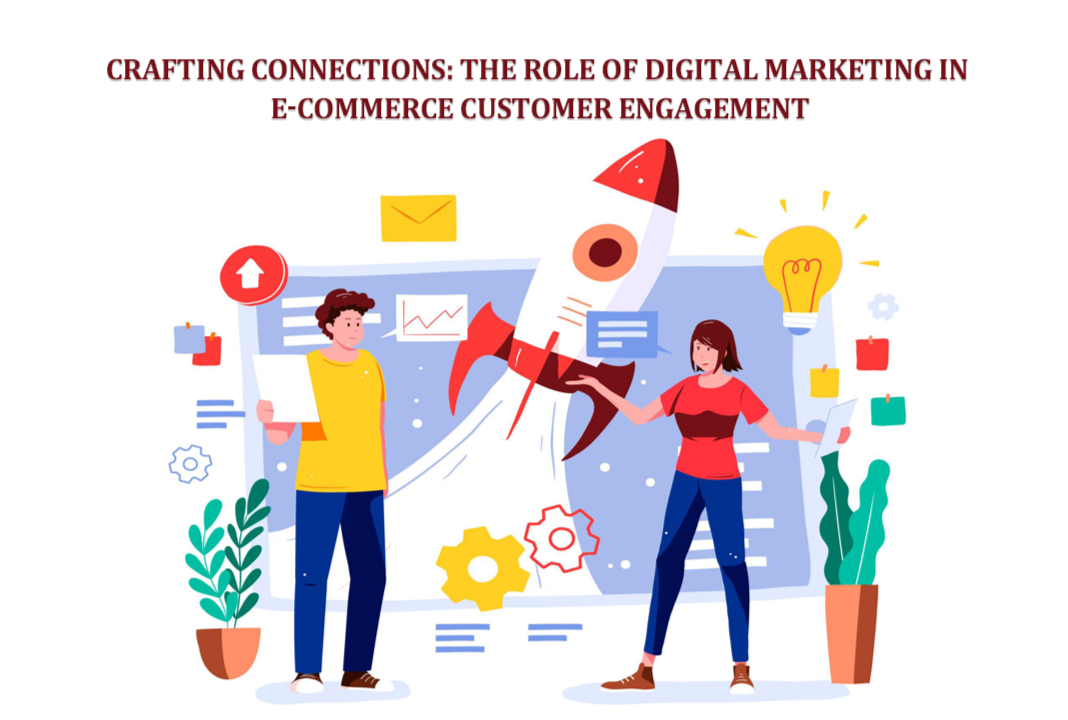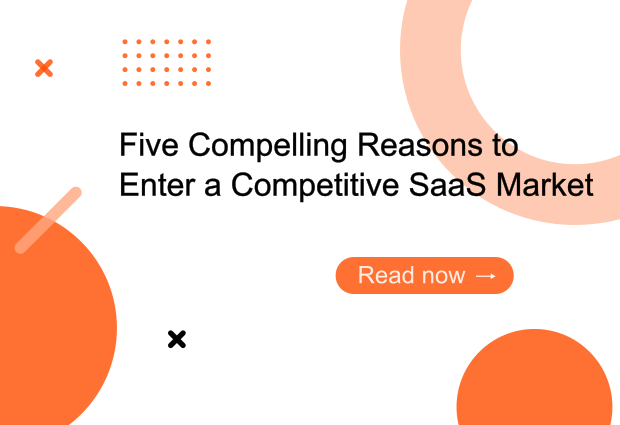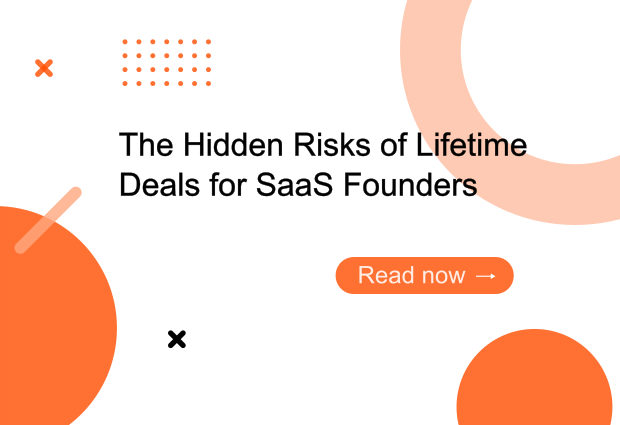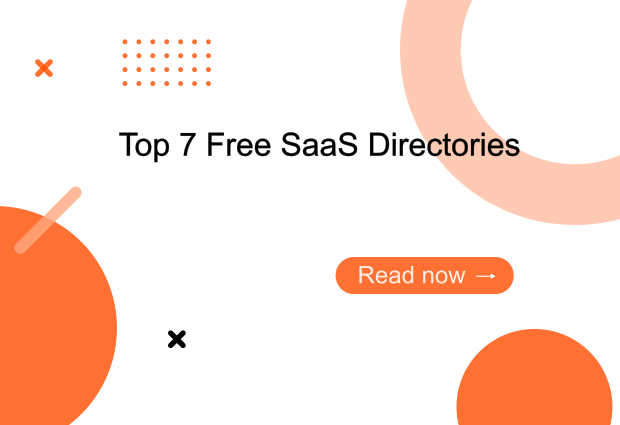Why Should You Reconsider Offering A Free Plan for your SaaS?
The freemium model, where a software-as-a-service (SaaS) company offers basic features for free while charging for premium features, has become a popular strategy for many tech businesses. While it seems like an enticing way to attract users and convert them into paying customers, there are significant drawbacks that SaaS owners should consider. Here are the main reasons why providing a freemium plan might not be the best approach for your SaaS business.
Expensive and Time-Consuming Support for Free Users
Providing support for free users can quickly become a costly endeavor. Every user, whether free or paid, requires a certain level of customer service, whether it's onboarding assistance, troubleshooting issues, or answering questions about the product. Here’s why this can be problematic:
- High Volume of Requests: Free users often generate a high volume of support requests. Since they are not paying for the service, they might not have the same level of commitment to solving issues independently, leading to more frequent and sometimes trivial inquiries.
- Resource Allocation: Handling the support needs of free users means diverting valuable resources—both time and personnel—away from supporting paying customers. This can lead to longer response times and a decrease in the quality of support for your paying customers, potentially harming customer satisfaction and retention.
- Increased Operational Costs: The cost of maintaining a robust support team can be substantial. For a SaaS company operating on tight margins, these additional expenses can significantly impact profitability.
Hidden Costs Associated with Free Users
Offering a freemium plan can introduce hidden costs that might not be immediately apparent but can add up over time. These include:
- SMS and Notification Costs: If your SaaS involves sending SMS notifications, reminders, or alerts, the cost of sending these messages to free users can quickly escalate. Each SMS might only cost a few cents, but with a large user base, this can become a significant expense.
- AI and Computational Costs: Many modern SaaS applications leverage AI for various functionalities, such as chatbots, data processing, and personalization. Running these AI models can be costly, especially when serving a large number of free users who might not convert to paying customers.
- Infrastructure and Maintenance: Free users still consume server space, bandwidth, and other infrastructural resources. The cost of maintaining and scaling your infrastructure to support a large user base can be substantial, and without a clear path to monetization, these costs can outweigh the benefits.
The High Cost of Acquiring Free Users Through Ads
Marketing your SaaS to attract users is essential, but focusing on acquiring free users through ads can be a wasteful expenditure. Consider the following points:
- Low Return on Investment (ROI): Running ad campaigns to attract users who will only use the free version of your product can result in a low ROI. The cost of customer acquisition can be high, and without a clear strategy to convert these users into paying customers, you might not recoup your advertising spend.
- Ad Spend Efficiency: It’s generally more efficient to spend marketing dollars targeting potential paying customers rather than a broad audience that includes many who are only interested in the free tier. By focusing your ad spend on users who are more likely to convert, you can improve your cost-per-acquisition metrics and overall profitability.
- Brand Perception: Offering a free version of your product can sometimes attract users who are not serious about engaging with your service. This can dilute your brand's perception and attract a less engaged community, which can be detrimental in the long run.
Conclusion
While the freemium model can attract a large user base, it comes with significant downsides that SaaS owners need to consider. The costs associated with supporting free users, hidden expenses related to service provision, and the inefficiencies of marketing to a non-paying audience can all negatively impact your bottom line. As a SaaS business, focusing on providing value to paying customers and optimizing your resources to serve them better might be a more sustainable and profitable strategy. Instead of offering a freemium plan, consider other approaches such as free trials or limited-time offers to attract and convert users effectively.





